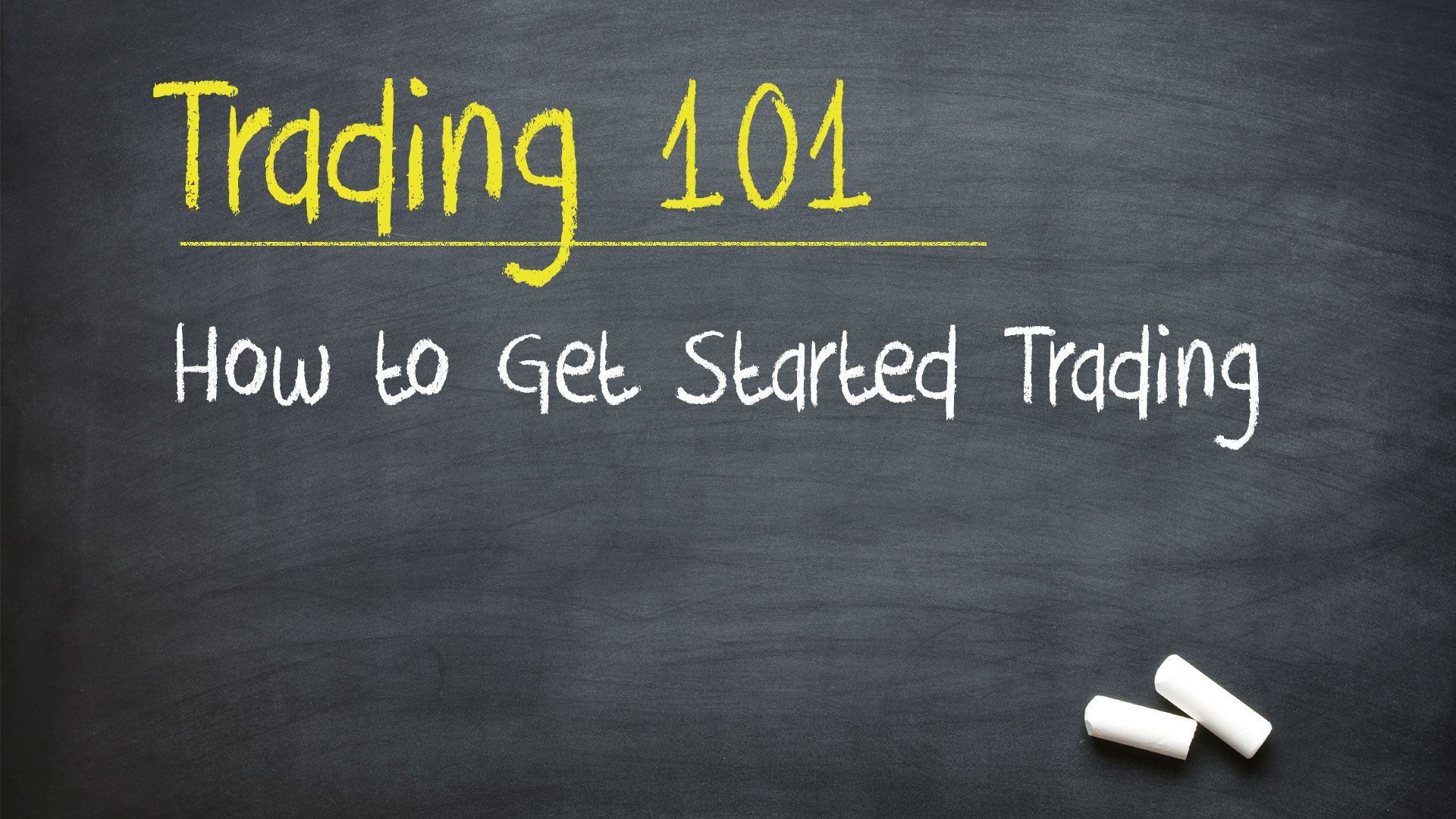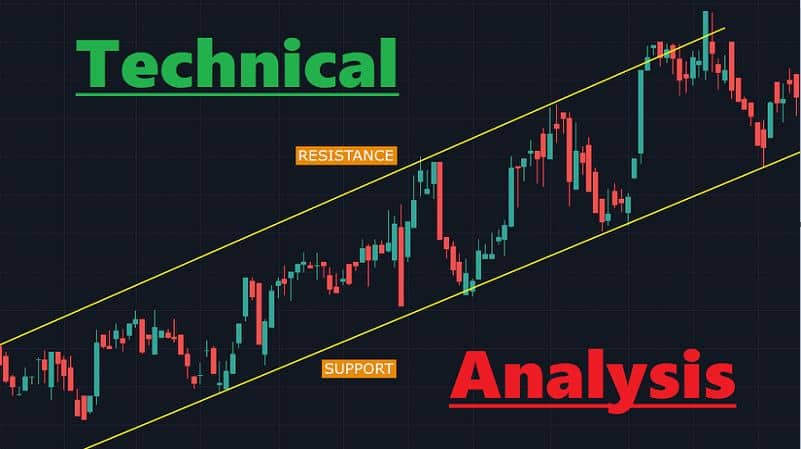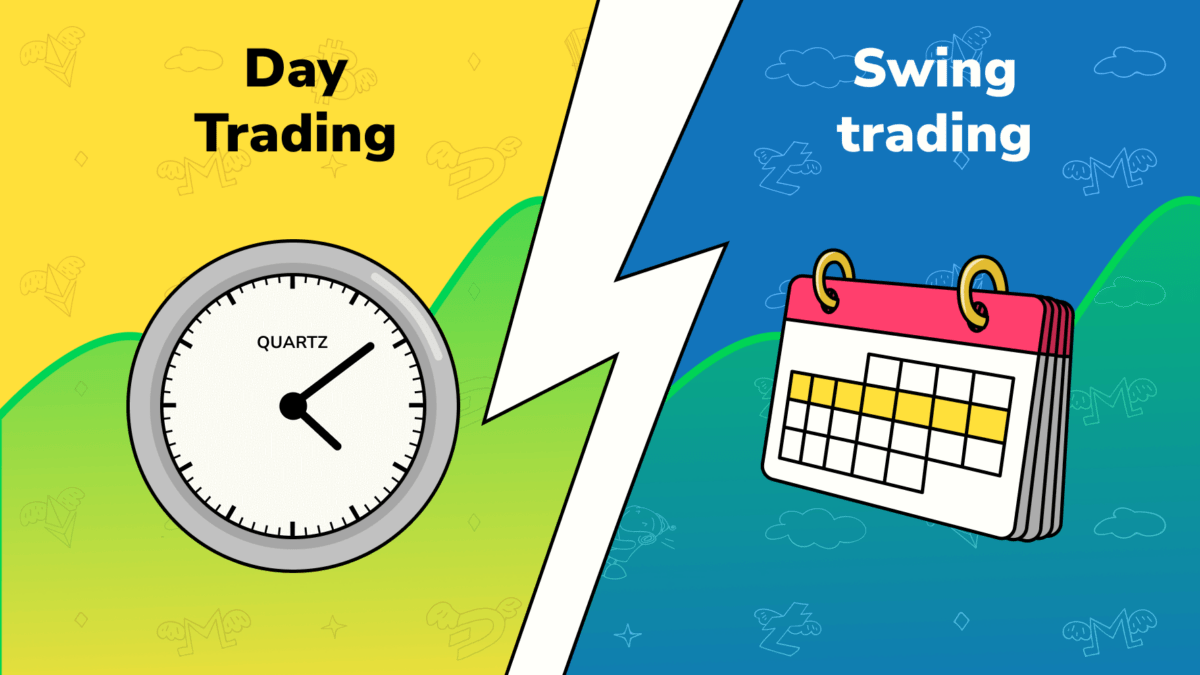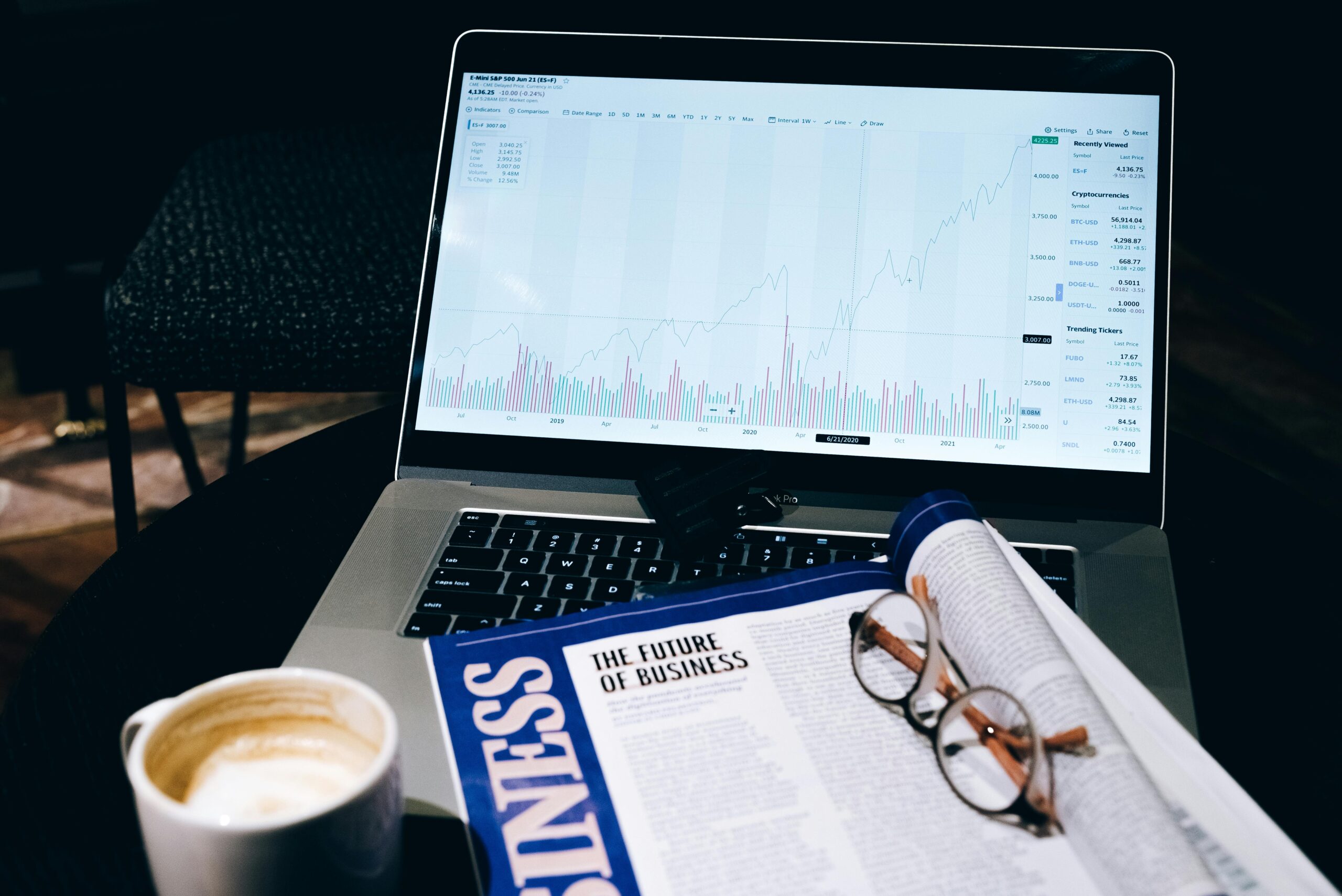Are you ready to dive into the world of trading but don’t know where to begin? Trading can be a rewarding pursuit, but it can also feel overwhelming for beginners due to the sheer amount of information available. This guide will walk you through the essentials, helping you get set up with the knowledge, tools, and mindset needed to start your trading journey confidently.
Step 1: Understanding the Basics of Trading
Before jumping in, it’s important to grasp what trading is and how it works. Trading typically involves buying and selling financial assets like stocks, currencies, or commodities with the goal of making a profit.
Here are the main types of trading:
- Stock Trading: Buying and selling shares of companies listed on the stock market.
- Forex (Foreign Exchange) Trading: Trading currency pairs, such as EUR/USD, to profit from changes in exchange rates.
- Cryptocurrency Trading: Buying and selling digital assets like Bitcoin, Ethereum, and other cryptos.
- Options and Futures Trading: Using financial contracts based on an asset’s price movement.
Each type has its pros and cons, so consider your risk tolerance and investment goals before choosing a focus.
Step 2: Setting Up Your Trading Account
To get started with trading, you’ll need a brokerage account, which gives you access to the markets. Here’s how to set one up:
- Choose a Broker: Look for a reliable broker with a good reputation, low fees, and an easy-to-use platform. Popular options include platforms like TD Ameritrade, E*TRADE, and Robinhood, depending on your region.
- Select an Account Type: Brokers offer various account types, such as cash accounts and margin accounts. Cash accounts only allow you to trade with the money you deposit, while margin accounts let you borrow funds to trade. Beginners often start with a cash account to manage risks.
- Funding Your Account: After setting up your account, deposit funds to start trading. Most brokers offer multiple deposit options, including bank transfers and credit cards.
Step 3: Building a Foundation in Trading Knowledge
Knowledge is your best tool in trading. Familiarize yourself with fundamental and technical analysis, which help you make informed trading decisions.
- Fundamental Analysis: Involves evaluating a company’s financial health and market position. For stock traders, this includes reviewing earnings reports, revenue growth, and industry trends.
- Technical Analysis: Focuses on charts, patterns, and indicators to predict price movements. Key tools include moving averages, RSI (Relative Strength Index), and Bollinger Bands.
Start with the basics of each analysis type, and don’t rush into advanced concepts. Plenty of free resources are available, including online courses, YouTube tutorials, and books like “A Beginner’s Guide to Day Trading Online” by Toni Turner.
Step 4: Creating a Trading Plan
A well-defined trading plan is essential to stay on track and manage risks effectively. Your plan should include:
- Goals and Objectives: Decide on your short-term and long-term trading goals. Are you looking to earn supplemental income or build wealth over time?
- Risk Management Rules: Set your risk tolerance per trade (e.g., 1-2% of your trading capital). Always use stop-loss orders to protect against large losses.
- Preferred Trading Style: Decide on a trading style that suits your lifestyle. Are you interested in day trading, which involves short-term trades, or would you prefer swing trading with longer time frames?
Step 5: Starting with a Demo Account
Before trading real money, practice with a demo account to gain experience. Most brokers offer demo accounts where you can simulate trades in real market conditions without risking capital. This step allows you to test your strategies and gain confidence.
Step 6: Managing Emotions and Staying Consistent
Trading is as much about psychology as it is about strategy. Emotional reactions like fear and greed can lead to impulsive decisions. To avoid this:
- Stay Disciplined: Stick to your trading plan, even when tempted to deviate.
- Practice Patience: Trading is a marathon, not a sprint. Avoid the urge to chase every opportunity.
- Learn from Mistakes: Accept that losses are part of the process. Analyze what went wrong and use it as a learning experience.
Conclusion
Starting a trading journey can be challenging but immensely rewarding. By following these steps, you can build a solid foundation, minimize risks, and approach trading with a strategic mindset. Remember, trading requires ongoing learning, patience, and discipline. As you gain more experience, refine your trading strategies and continue developing as a trader.
Happy trading!




